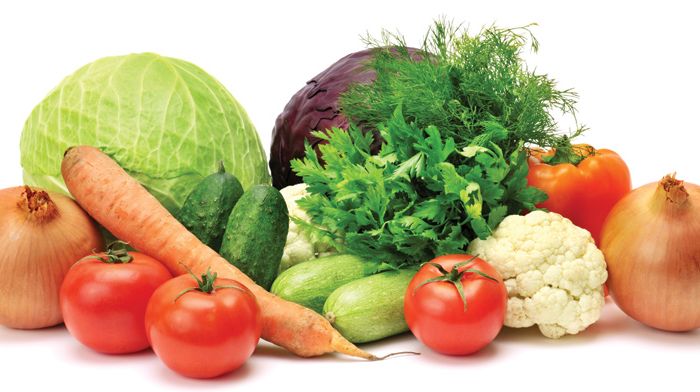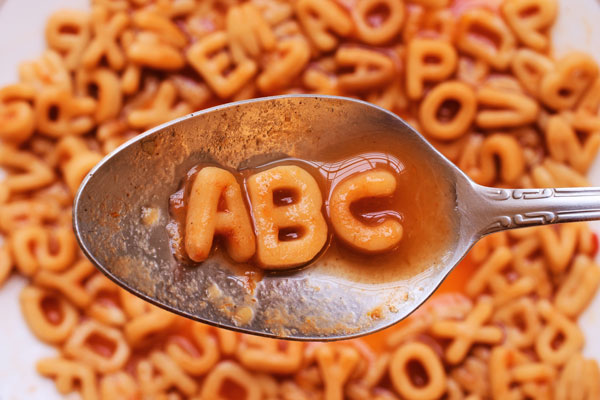The Importance of Air Gaps in Providing Safe Food to All
Late last month, I was exploring job tasks that are important for entry-level foodservice managers to understand related to food safety. The usual items that you would suspect were on the list were certainly included – foodborne outbreaks; temperature danger zone; physical, biological, and chemical contamination; personal hygiene and proper glove use; HACCP systems, etc. But one thing I noticed was missing that really is integral to protecting the food supply in any foodservice operation is air gaps.
I thought back to when I was starting my management career in foodservice, and I know I was certainly aware of what an air gap was, but looking back now, I certainly took them for granted. After all, I was managing a foodservice operation that had been opened since the 1960s. Certainly, all the plumbing had air gaps in place, and it wasn’t something that I had to worry about – or so I thought.
There have been instances where a lack of air gaps did cause illness – and most have been in established operations. For example, a few years ago, a popular quick service Mexican restaurant in California caused over 100 customers to contract Norovirus. Upon investigation, the health found that contaminated water from a sink that lacked proper air gaps had likely caused the outbreak.
Air gaps may be a dry subject to discuss and learn about, but they are a critical component of food safety…
If you are not quite familiar with what an air gap is, it is a vertical space between the water outlet and the flood level rim of a sink or other plumbing fixture. Essentially, a physical separation between potentially contaminated water and the source of fresh water. It is designed to prevent any backflow of contaminated water into the freshwater supply. This is especially important in areas where food is prepared, cooked, or served and plays an important role in preventing the spread of harmful bacteria, viruses, and other pathogens that can cause foodborne illness.
Why are air gaps so vital to protecting public health? When water pressure drops in a plumbing system, a vacuum can form, causing water to flow backward and potentially contaminate the freshwater supply. An air gap prevents this from happening by creating a physical barrier between the water source and the potentially contaminated water. Without an air gap, contaminated water can easily flow the water supply, ultimately contaminating food and causing illness.
It is important to note that air gaps must be properly installed. But they must also be properly maintained to be effective. Regular inspections and maintenance are critical to ensuring that air gaps are functioning properly and protecting against cross-contamination. I was reminded of this last week as I was drawing water for a mop bucket in our foodservice lab at the university – and I caught myself filling the bucket with the hose in the mop water, failing to keep the air gap that is needed to protect the water supply. What is the solution? Cutting the hose, making sure to keep it long enough to be able to effectively fill the mop bucket, but short enough that an employee (or in this case, me!) cannot stick the hose in the mop bucket.
Air gaps may be a dry subject to discuss and learn about, but they are a critical component of food safety in any foodservice operation. Following best practices for air gap installation and maintenance will help any foodservice operator protect their customers and ensure the safety of the food they serve. Risk Nothing.
READ MORE POSTS
The Alphabet Soup of Hepatitis and Why it Should Concern Foodservice Operators.
Late in July, I was made aware that World Hepatitis Day was on July 28th. I do have to be honest – similar to most of you reading this, I was surprised there was such a thing. After doing a bit of research, I discovered July 28th was named as such to recognize the birthday of Dr. Baruch Blumberg, who first discovered the hepatitis B virus in 1967 and then two years later developed the first hepatitis B vaccine. Each year, the Centers for Disease Control and Prevention and the World Health Organization recognize the day to help raise awareness about hepatitis, which impacts over 300 million across the globe and causes more than one million deaths a year.
Food Recalls: Another Important Reason to Have a Sound Traceability Program in your Foodservice Operation
Earlier in the month, I discussed a bit about the proposed traceability rules that may be coming out soon. One result of implementing the proposed rule and improving overall food traceability in your operation is the ability of those in the food chain to quickly identify and pull product involved in a food recall.










